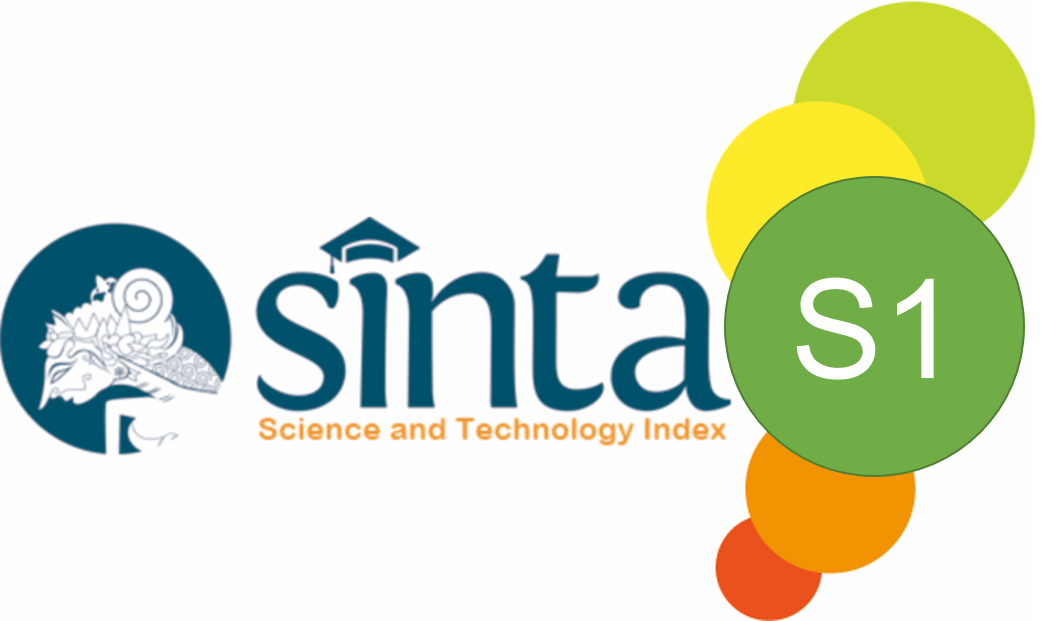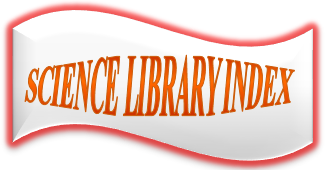The K-Means Algorithm for Generating Sets of Items in Educational Assessment
Abstract
In a national-scale educational assessment system, such as the National Examination, the need for several sets of questions that have the same level of difficulty is very required to avoid cheating by students. Therefore, the objective, which is to make a set of questions with the same level of difficulty automatically, is done in this research. It used a machine learning approach, namely K-Means. To achieve this goal, several following procedures need to be implemented. Firstly, we need to create banks of questions to be assigned to students. Then, we build training data by determining the value of each question based on Bloom's Taxonomy, item characters/types, and other parameters. Then, with utilizing K-Means, several cluster centers are obtained to represent the uniformity of the questions in the cluster members. By using several heuristics criteria defined previously, several sets or packages of questions that have the same characteristics and difficulty levels are obtained. From the experiments conducted, the analysis with descriptive (i.e., mean, standard deviation, and data visualization) and inference (i.e., ANOVA) statistics of results are presented showing that questions of each sets have the same characteristics to ensure the fairness of examinations. Moreover, by using this system, the contents of the questions in the generated set do not need to be the same, the package of questions can be generated automatically quickly, and the level of the difficulties can be measured and guaranteed.
Keywords
Full Text:
PDFReferences
Alasker, H., Alharkan, S., Alharkan, W., Zaki, A., and Riza, L. S. (2017). Detection of kidney disease using various intelligent classifiers. In 2017 3rd International Conference on Science in Information Technology (ICSITech) (pp. 681-684). IEEE.
Bansal, A., Sharma, M., and Goel, S. (2017). Improved k-mean clustering algorithm for prediction analysis using classification technique in data mining. International Journal of Computer Applications, 157(6), 0975-8887.
Bloom, B. S., Englehart, M. D., Furst, E. J., Hill, W. H., and Krathwohl, D. R. (1956). Taxonomy of educational objectives-handbook 1: Cognitive domain. New York: David McKay Company.
Bonaventure, O. (2011). Computer networking: principles, protocols and practice (pp. 41-45). Washington: Saylor foundation.
Comer, D. (2006). Internetworking with TCP/IP, principles protocols, and architecture. Englewood Cliffs: Prentice Hall.
Harlen, W., and James, M. (1997). Assessment and learning: differences and relationships between formative and summative assessment. Assessment in Education: Principles, Policy and Practice, 4(3), 365-379.
Kurose, F. J., and Ross, W. K. (2013). Computer Networking: a Top-Down Approach. New Jersey: Pearson.
Mediayani, M., Wibisono, Y., Riza, L. S., and Pérez, A. R. (2019). Determining trending topics in twitter with a data-streaming method in R. Indonesian Journal of Science and Technology, 4(1), 148-157.
Mitchell, T., Buchanan, B., DeJong, G., Dietterich, T., Rosenbloom, P., and Waibel, A. (1990). Machine learning. Annual Review Of Computer Science, 4(1), 417-33.
Mulyani, Y., Rahman, E. F., and Riza, L. S. (2016, October). A new approach on prediction of fever disease by using a combination of Dempster Shafer and Naïve bayes. 2016 2nd International Conference on Science in Information Technology (ICSITech) (pp. 367-371). IEEE.
Munir, Farasyi, G., Setiawan, W., Fahsi, M., and Riza, L. S. (2018). The association rule method for mapping and recommendation system on students’ difficulties. Transylvanian Review, 26(32), 1-9.
Na, S., Xumin, L., and Yong, G. (2010). Research on k-means clustering algorithm: An improved k-means clustering algorithm. 2010 Third International Symposium on intelligent information technology and security informatics (pp. 63-67). IEEE.
Peterson, L. L., and Davie, S. B. (2011). Computer network a system approach. Morgan Kauffman.
Riza, L. S., Firmansyah, M. I., Siregar, H., Budiana, D., and Rosales-Pérez, A. (2018). Determining strategies on playing badminton using the Knuth-Morris-Pratt algorithm. Telkomnika (Telecommunication Computing Electronics and Control), 16(6), 2763-2770.
Riza, L. S., Awaludin, R., Sutarno, H., Munir, and Wibawa, A. P. (2017). A model for auto generating sets of examination items in educational assessment by using fuzzy c-means. World Transactions on Engineering and Technology Education, 15(2), 114-119.
Riza, L. S., Janusz, A., Bergmeir, C., Cornelis, C., Herrera, F., Ślezak, D., and Benítez, J. M. (2014). Implementing algorithms of rough set theory and fuzzy rough set theory in the R package “RoughSets”. Information Sciences, 287, 68-89.
Riza, L. S., Bergmeir, C. N., Herrera, F., and Benítez Sánchez, J. M. (2015). frbs: Fuzzy rule-based systems for classification and regression in R. Journal of Statistical Software, 65(6), 1-30.
Riza, L. S., Pertiwi, A. D., Rahman, E. F., and Munir, Abdullah, C. U. (2019). Question generator system of sentence completion in toefl using nlp and k-nearest neighbor. Indonesian Journal of Science and Technology, 4(2), 294-311.
Scheerens, J., and Glas, C. A. (2003). Thomas SM, Thomas S. Educational evaluation, assessment, and monitoring: A systemic approach. Taylor and Francis.
Tanembaum, S. A., and Wetherall, J. D. (2011). Computer network fifth edition. Boston: Pearson.
Tyler, R. W. (1942). General statement on evaluation. The Journal of Educational Research, 35(7), 492-501.
DOI: https://doi.org/10.17509/ijost.v6i1.31523
Refbacks
- There are currently no refbacks.
Copyright (c) 2021 Indonesian Journal of Science and Technology

This work is licensed under a Creative Commons Attribution-ShareAlike 4.0 International License.
Indonesian Journal of Science and Technology is published by UPI.
View My Stats




















